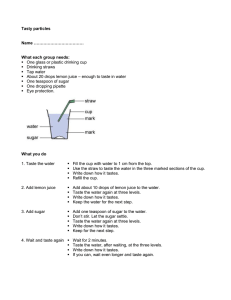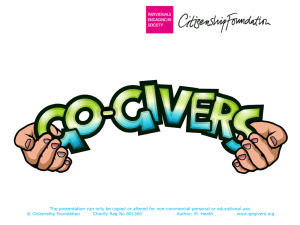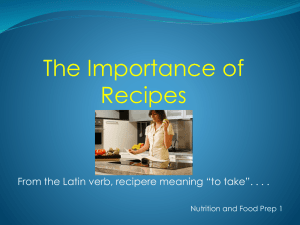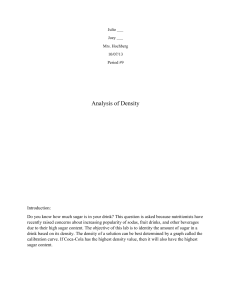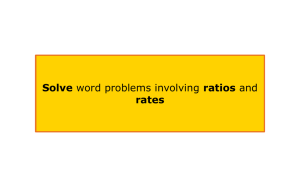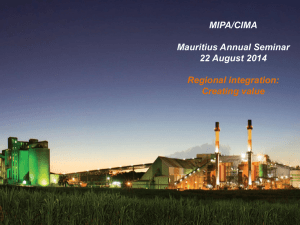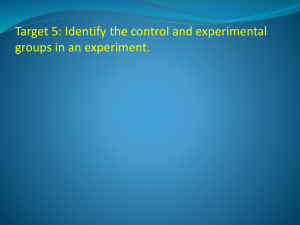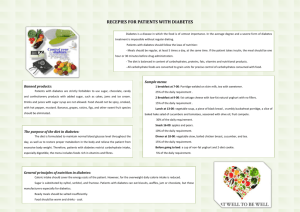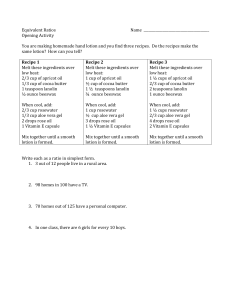Lemonade Recipes (Sample observations)
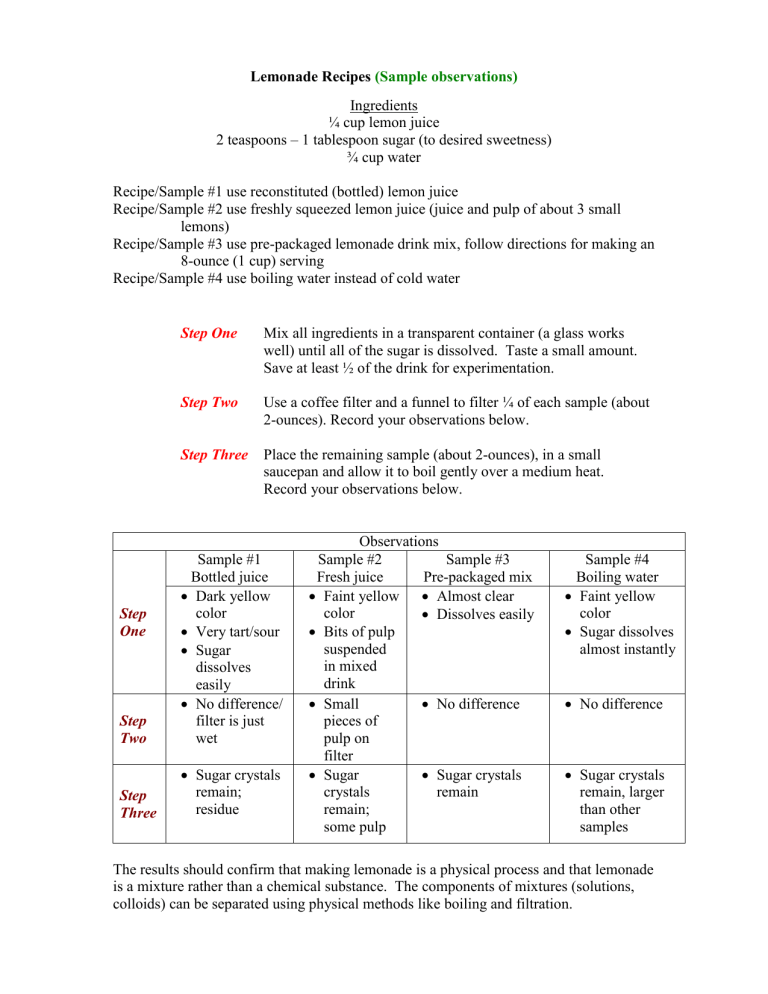
Lemonade Recipes (Sample observations)
Ingredients
¼ cup lemon juice
2 teaspoons – 1 tablespoon sugar (to desired sweetness)
¾ cup water
Recipe/Sample #1 use reconstituted (bottled) lemon juice
Recipe/Sample #2 use freshly squeezed lemon juice (juice and pulp of about 3 small lemons)
Recipe/Sample #3 use pre-packaged lemonade drink mix, follow directions for making an
8-ounce (1 cup) serving
Recipe/Sample #4 use boiling water instead of cold water
Step One Mix all ingredients in a transparent container (a glass works well) until all of the sugar is dissolved. Taste a small amount.
Save at least ½ of the drink for experimentation.
Step Two
Use a coffee filter and a funnel to filter ¼ of each sample (about
2-ounces). Record your observations below.
Step Three Place the remaining sample (about 2-ounces), in a small saucepan and allow it to boil gently over a medium heat.
Record your observations below.
Step
One
Step
Two
Step
Three
Sample #1
Bottled juice
Dark yellow color
Very tart/sour
Sugar dissolves easily
No difference/ filter is just wet
Sugar crystals remain; residue
Observations
Sample #2
Fresh juice
Faint yellow color
Bits of pulp suspended in mixed drink
Small pieces of pulp on filter
Sugar crystals remain; some pulp
Sample #3
Pre-packaged mix
Almost clear
Dissolves easily
No difference
Sugar crystals remain
Sample #4
Boiling water
Faint yellow color
Sugar dissolves almost instantly
No difference
Sugar crystals remain, larger than other samples
The results should confirm that making lemonade is a physical process and that lemonade is a mixture rather than a chemical substance. The components of mixtures (solutions, colloids) can be separated using physical methods like boiling and filtration.
